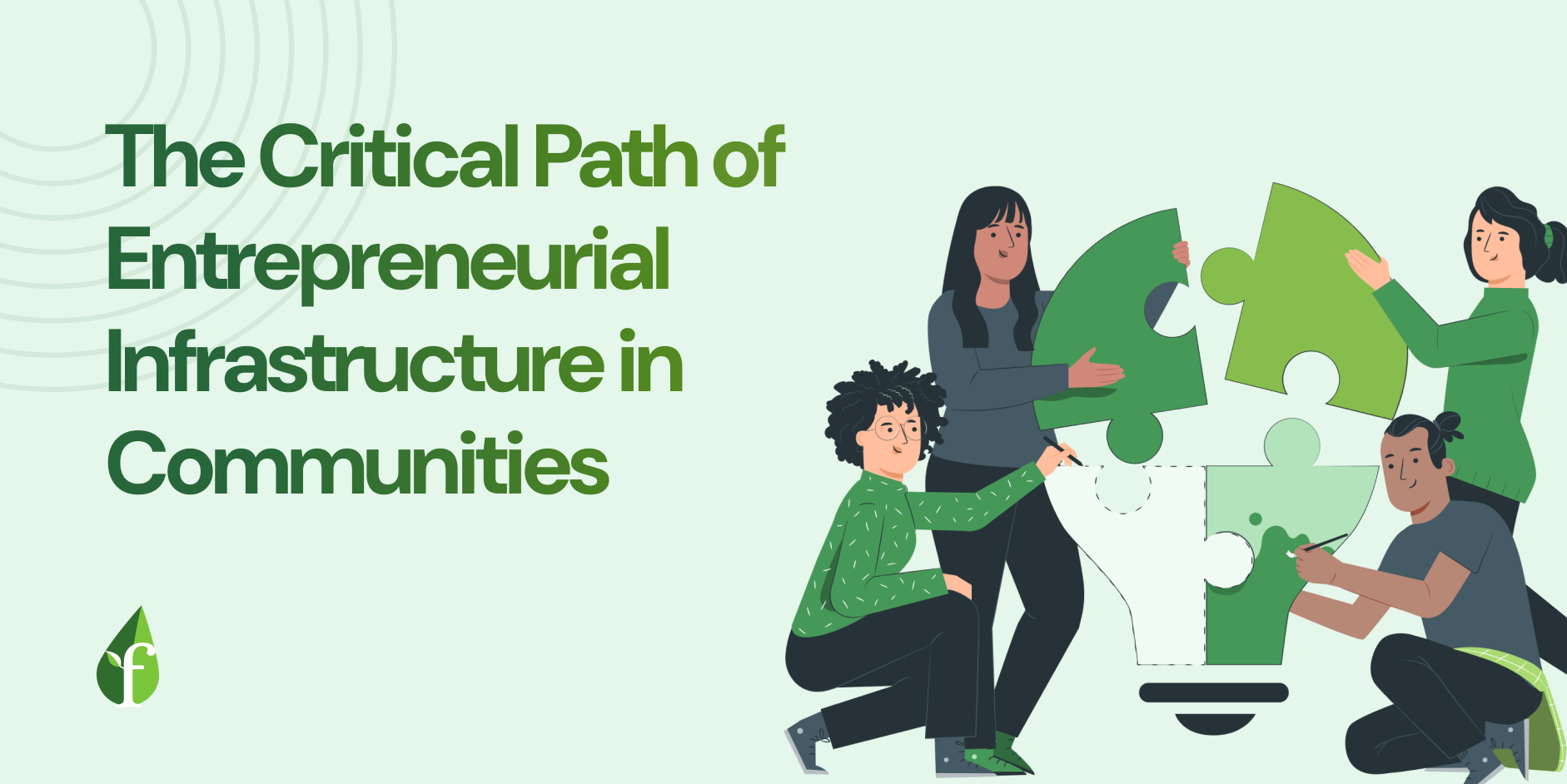
2011 was an amazing year for startup financing.
While traditional sources of investment declined, such as venture capital and angel groups, tens of billions more capital was still invested in private companies through a variety of new sources. A completely new financing landscape started to take shape in 2011, making 2012 the year that the “playbook” changed for startup financing.
Just a few years ago there was one startup playbook that was fairly consistent worldwide;
- Step 1: A promising startup looking to change the world would pitch a local angel group and raise a few hundred thousand dollars.
- Step 2: If everything went well and they were able to get traction, they could raise a $1 to $5 MM Series A from hundreds of venture funds spread throughout the world.
- Step 3: When the revenue model of the company was proven out, the startup, now classically called an upstart, would raise a $5 and $15 MM Series B or Series C from dozens of later stage VCs.
- Step 4: As the company scaled the revenue and the team, they would arrange a mezzanine round with a few strategic firms, a bank and a private equity firm to share up their balance sheet before going public.
This has been the playbook for the 18 years that I have been running technology companies, but it is quickly starting to look like ancient history.
What has taken its place? Dozens, if not hundreds, of varying financing options now entice and confuse the startup entrepreneur. There is a complex tapestry of capital sources, vehicles and deals for every stage, including liquidity. There are so many options, that 2012 could be called the year of optionality, but the outcome of many of these financing routes are uncertain. So, in 2012, I predict that we will start to see some of these options group together into new viable funding paths for startups.
Let's take a look at just a few of the new options available today that, for the most part, did not exist just a few years ago. How do they work, and what viability questions will be answered in 2012?
Crowdfunding
Almost overnight, crowdfunding has emerged as a viable financing option - especially for companies who produce a premium offering. Startups usually pre-sell access to media, hardware and software through crowdfunding sites, like Kickstarter.com, which allow the public to contribute different levels of funding based on access. The success of this model has been so dramatic that there are two proposals in the US House and Senate to formally legalize the practice. But can a single crowdfunding round be enough, and can crowdfunding expand beyond movies and hardware accessories?
Incubators and Accelerators
Hundreds of incubators and accelerators have sprung up to the point where there are now several in most major cities worldwide. Startups can trade a small amount of equity, normally less than 10% of the company, for some cash, usually less than $20,000, and some services, such as facilities, guidance or launch promotion. Incubators, which tend to be earlier stage and have more services, and accelerators, which tend to be later stage and provide more capital, have replaced many of the angel groups that serve a similar function. But can the hundreds of copycat programs in various markets around the world re-create the success of the early pioneers?
Online Networks
AngelList has grown over the last 12 months to become "the" social network for startups and angels to connect. A startup with a credible lead investor can use the added exposure from AngelList to create a "snowball effect," sometimes turning a five-figure round into a seven-figure one. But what are the regulations that apply to these networks, if any, and can the communities maintain the quality of participants as they expand?
Competitions and Prizes
A number of "demo day" competitions have emerged with large attendance, pitch guidance, strong media exposure and cash prizes, such as SeedCamp, TechCrunch Disrupt, and the Founder Showcase. Successful companies have won tens of thousands in prize money, secured extensive press coverage and raised millions following such events. But can these competitions be scaled to bring success to multiple companies in multiple locations?
Secondary Markets
A number of secondary markets, specialty brokers, and secretive funds have emerged to purchase the stock of private companies in both "on the books" and "off the books" transactions, including SecondMarket and SharesPost. Shares in high profile upstarts are sold to private individuals, providing both growth capital and employee liquidity. There is even a vehicle for employees to borrow money on their employee stock options, pledging the options as collateral. But how will these markets be legitimized, accepted and regulated over time?
The Mega Round
A few late-stage investors, such as DST (now Mail.ru), venture capital firms and investment banks, such as Goldman Sachs, are doing mega rounds - otherwise known as the "IPO replacement" rounds. The fastest growing startups are skipping Series B funding and raising hundreds of millions of dollars at multi-billion dollar valuations. But are these mega rounds sustainable, and will they grow to replace the IPO?
Multistage Funds
Most of the remaining 200 venture funds that still operate worldwide have moved into stage-agnostic investment, participating in deals from incubation to mega rounds. Today, startups can pitch most venture capitalists at any stage in their lifecycle, and there are opportunities to raise anything from a hundred thousand dollars to millions. But can stage-agnostic funds be successful with such a diverse approach to funding?
Super Angels/ Micro-VCs
Prominent regional angels around the world have amassed $5, $10 and $20 MM funds to make dozens of local investments. Startups pitch these super angels to receive tens of thousands of dollars in investment plus instant exposure to the local angel funding ecosystem. But can this model work outside of Silicon Valley?
Government Programs
Governments around the world have been trying to jumpstart local versions of Silicon Valley with a wide variety of programs, such as Startup Chile, Skolkovo Russia, and the IDA in Singapore. With these initiatives, there are usually conditions to receiving capital, such as using the money to hire locally. Are these programs short-term stimulus or long-term value creation?
As if all of these new options were not enough, there has been an explosion in corporate investments, new university funds, philanthropic funds, sovereign wealth funds, industry-focused incubators, prize programs, and multiple other sources of capital.
In general, choice is good for entrepreneurs, but as I outlined above there are still some serious concerns. First, many of these new sources of capital are unproven, and, in some cases, their legal and regulatory future is uncertain. The party can end very quickly. Second, there are no best practices, transparency or guidelines for all these new vehicles - so hiccups and failed experiments are to be expected. Lastly, there are some looming structural problems that could bring the whole boom crashing down - specifically, the billions of unsecured convertible debt issued throughout late 2010 and 2011.
But in the end, we are in the largest startup funding boom since the dotcom bubble burst in 2000, but with probably more money being thrown around. After all, nobody really knows how much capital is being poured into startups since many of the new vehicles are not tracked.
2012 is looking to be a bright year. It’s the Wild West in startupland, and 2012 will be a wild ride. Hold on tight!



